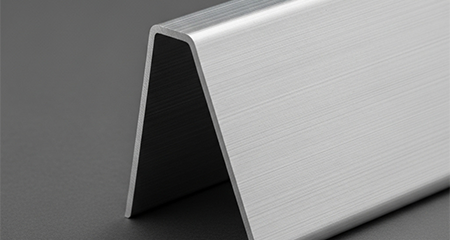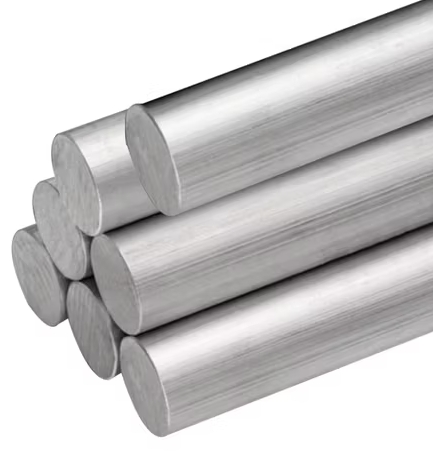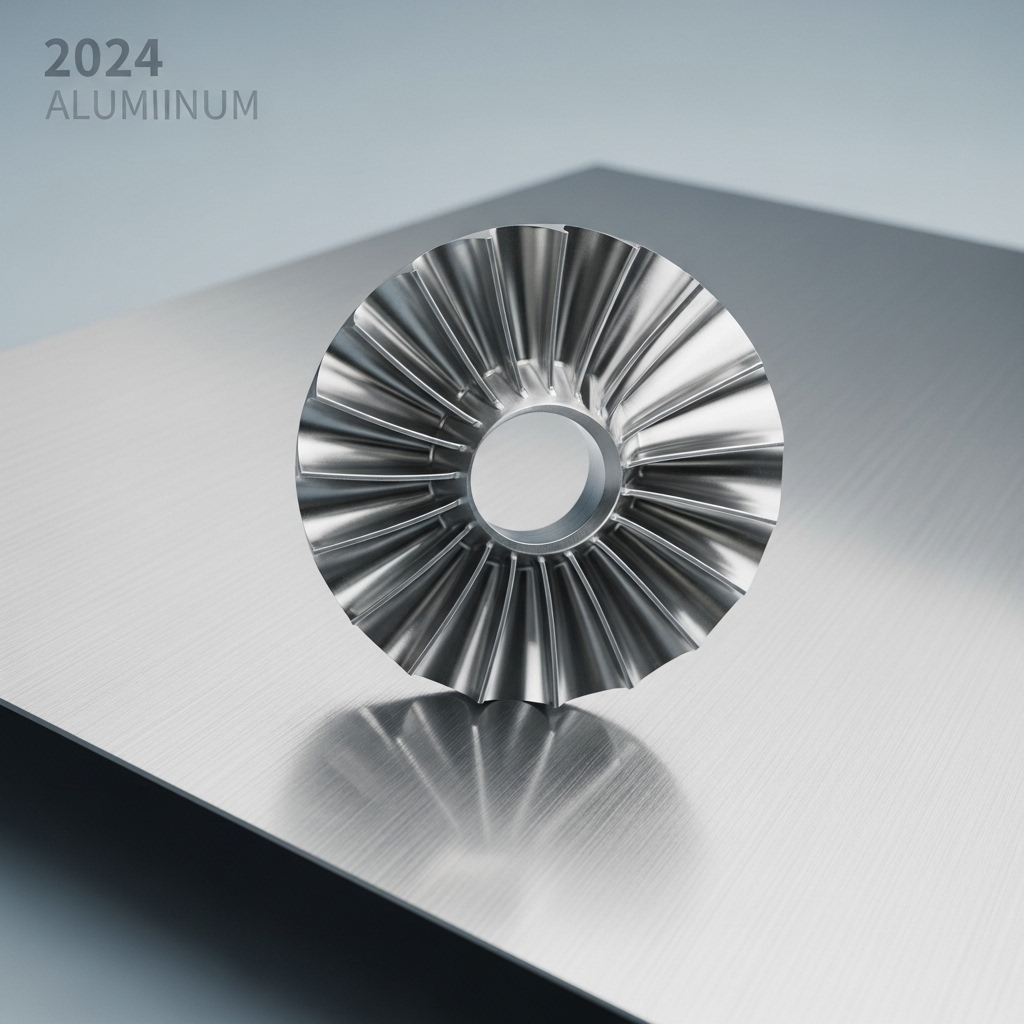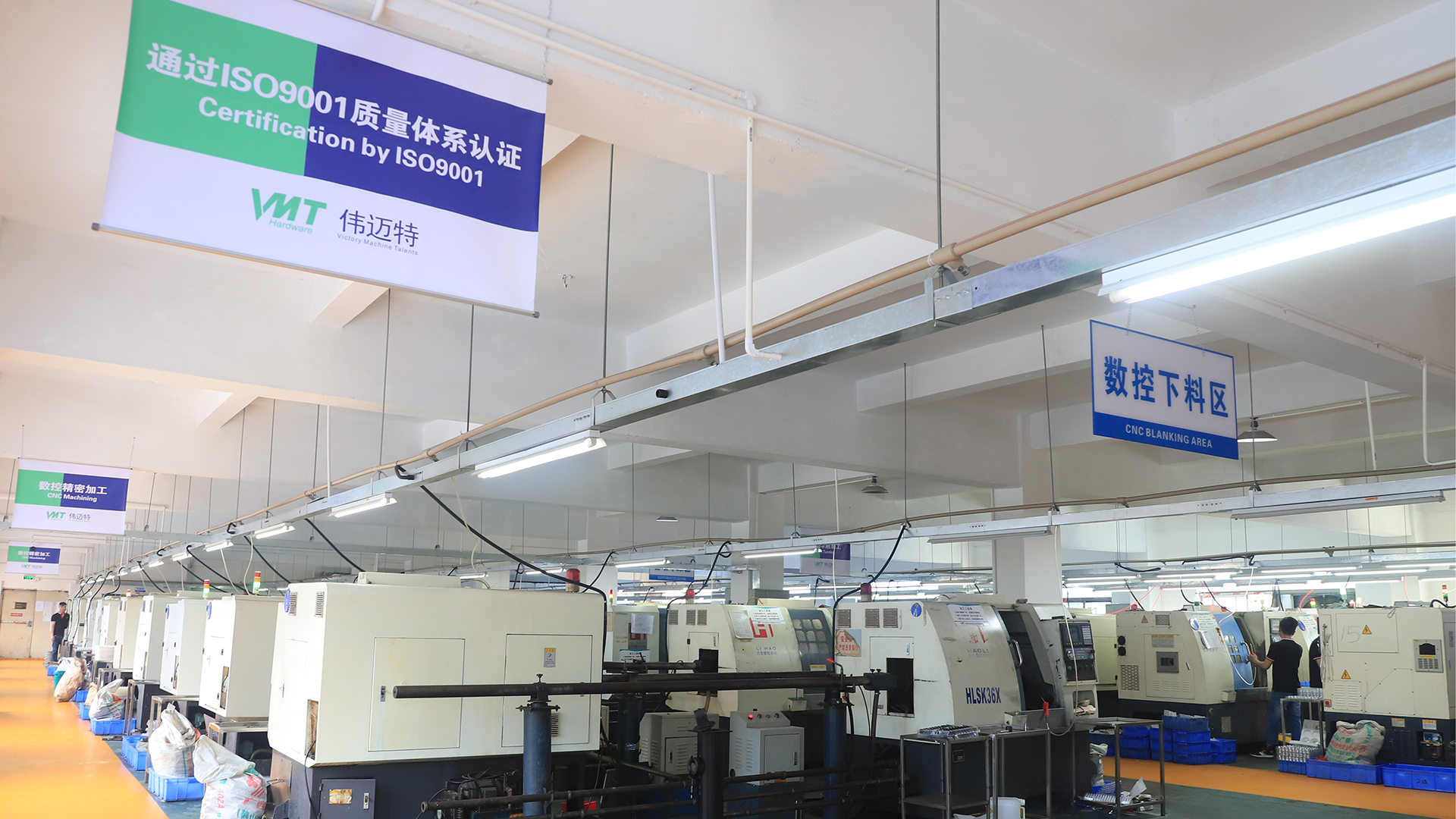6061 Aluminum: Features and Uses
Are you searching for a versatile, reliable material for your manufacturing needs? 6061 aluminum is one of the most commonly used alloys in industries like automotive, aerospace, and electronics, offering exceptional strength, machinability, and corrosion resistance.
6061 aluminum combines excellent mechanical properties with a balance of light weight and durability. Its features include high 6061 aluminum yield strength, superior thermal conductivity of aluminum 6061, and excellent machinability, making it ideal for CNC machining projects.
Let’s dive deeper into the 6061 aluminum properties, features, and applications.
What is 6061 Aluminum?
6061 aluminum is a precipitation-hardened alloy composed primarily of aluminum, magnesium, and silicon. It has good mechanical properties and weldability, and is suitable for CNC machining and extrusion processing, and is widely used in various industries. With a density of approximately 2.7 g/cm³, 6061 aluminum has an excellent strength-to-weight ratio.

Key Features of 6061 Aluminum
6061 aluminum is a precipitation-hardened alloy primarily composed of aluminum, magnesium, and silicon. It is one of the most versatile and widely used aluminum alloys due to its excellent balance of strength, corrosion resistance, and machinability.
Physical Properties of 6061 Aluminum
The physical properties of 6061 aluminum contribute significantly to its widespread use. Key characteristics include:
| Property | Value |
|---|---|
| Density of aluminum 6061 | 2.7 g/cm³ |
| Thermal conductivity of 6061-t6 aluminum | 167 W/m·K |
| Coefficient of thermal expansion for aluminum | 23.6 μm/m·K |
| Melting point of al-6061 | 582–652°C |
Mechanical Properties of 6061 Aluminum
6061 aluminum is valued in engineering and structural applications for its reliable mechanical performance. The T6 temper enhances its strength, making it suitable for load-bearing components and assemblies. The mechanical properties of aluminium 6061 T6 are critical for engineering applications. The alloy is known for high 6061 yield strength and 6061 aluminum tensile strength.
| Property | Value |
|---|---|
| 6061 T6 Compressive Strength | 276 MPa |
| Young’s Modulus of Aluminum 6061 | 69 GPa |
| Modulus of Elasticity of 6061 T6 | 69 GPa |
Thermal Properties of 6061 Aluminum
6061 aluminum has excellent thermal properties, making it an ideal choice for parts exposed to high temperatures, such as heat sinks, automotive components, and aerospace structures. 6061 aluminum’s T6 thermal conductivity and expansion make it ideal for applications involving heat dissipation or temperature fluctuations.
-
Aluminum Linear Expansion Coefficient: 23.6 μm/m·K
-
Thermal Conductivity of 6061: 167 W/m·K
Chemical Composition of 6061 Aluminum
The chemical composition of 6061 aluminum plays a crucial role in defining its mechanical strength, corrosion resistance, and excellent workability. Its primary element is aluminum, complemented by magnesium and silicon, which contribute to its structural integrity and thermal stability. The chemical composition ensures durability, machinability, and resistance to corrosion.
| Element | Percentage |
|---|---|
| Aluminum | 95.8–98.6% |
| Magnesium | 0.8–1.2% |
| Silicon | 0.4–0.8% |
| Iron | Max 0.7% |
Why Choose 6061 Aluminum for CNC Machining?
6061 t6 aluminum is highly machinable, ideal for custom CNC machining due to its balanced properties. With high elasticity of aluminum and consistent 6061 aluminum properties, it produces precise, durable parts.
How Does 6061 Aluminum Compare to Other Aluminum Alloys?
6061 aluminum is widely used due to its excellent balance of strength, corrosion resistance, and machinability. However, depending on the requirements of a specific application, other aluminum alloys like 6063, 7075, 2024, and 5052 may offer different strengths and limitations.
6061 Aluminum vs 6063 Aluminum
Both alloys belong to the 6xxx series and contain magnesium and silicon, but their applications differ.
6061 offers higher strength and better mechanical properties, making it ideal for structural and load-bearing applications. 6063, on the other hand, is softer and more formable, making it the preferred choice for architectural applications where aesthetics and surface finish are priorities.
6061 Aluminum vs 7075 Aluminum
7075 is known for its exceptional strength and is commonly used in aerospace and high-performance equipment.
7075 has significantly higher tensile strength than 6061 but sacrifices corrosion resistance and weldability. 6061 is more versatile for general-purpose applications and is easier to machine, weld, and fabricate.

6061 Aluminum vs 2024 Aluminum
2024 aluminum is a high-strength alloy typically used in aerospace components and structural parts.
2024 provides superior fatigue resistance and tensile strength compared to 6061. However, it is more prone to corrosion and is less weldable. 6061 offers better corrosion resistance and is easier to work with, making it more suitable for marine and outdoor environments.

6061 Aluminum vs 5052 Aluminum
5052 aluminum is known for its excellent corrosion resistance, particularly in marine environments.
5052 has better formability and corrosion resistance than 6061, especially in saltwater conditions. However, it does not match 6061 in terms of strength and machinability. 6061 is the better choice for structural applications where strength and rigidity are important.
6061 Aluminum Surface Treatment Options
6061 aluminum can be enhanced through various surface treatments to improve its corrosion resistance, durability, and appearance. The following are some of the most common surface treatments for 6061 aluminum and their specific benefits:
| Surface Treatment | Description | Benefits | Typical Applications |
|---|---|---|---|
| Anodizing | Electrochemical process that thickens the natural oxide layer on the aluminum surface. | Improved corrosion resistance, wear resistance, and ability to add color finishes. | Aerospace components, marine parts, electronics, architectural panels. |
| Polishing | Mechanical or chemical process to create a smooth, reflective surface finish. | Enhanced appearance, reduced surface roughness, and preparation for further finishing. | Automotive trims, consumer goods, decorative items. |
| Powder Coating | Dry powder applied electrostatically and cured under heat to form a protective layer. | Excellent durability, impact and chemical resistance, UV stability, and wide color options. | Outdoor furniture, industrial machinery, automotive components. |
Applications of 6061 Aluminum
6061 aluminum is widely valued for its strength, corrosion resistance, and excellent machinability, making it a versatile choice across many industries. The table below outlines key sectors and how 6061 is applied within each:
| Industry | Application Examples | Why 6061 Aluminum Is Used |
|---|---|---|
| Aerospace | Aircraft fittings, fuselage components, structural frames | Lightweight yet strong; corrosion resistance; reliable under stress. |
| Automotive | Chassis, frames, drive shafts, wheels | High strength-to-weight ratio; weldability; cost-effective for performance parts. |
| Electronics | Heat sinks, housings, mounting hardware | Excellent thermal conductivity; precision machinability; good EMI shielding. |
| Medical Devices | Prosthetics, surgical instruments, diagnostic equipment | Biocompatibility; non-toxic; easy to sterilize; corrosion resistance. |
| Construction | Structural beams, support columns, railings | Strong structural integrity; weather-resistant; good formability. |
| Marine | Boat hulls, deck hardware, masts | Superior corrosion resistance in saltwater environments; lightweight. |
| Industrial Equipment | Machinery parts, molds, fixtures | High machinability; long service life; handles repetitive stress well. |
Start Your CNC Machining Aluminum Project at VMT
At VMT, we specialize in precision CNC machining of 6061 aluminum T6 parts, delivering components that meet tight tolerances and demanding specifications. Whether you need custom prototypes, small batch production, or large-scale manufacturing, our team of skilled engineers and advanced equipment ensures outstanding quality and consistency.

In Conclusion
6061 aluminum stands out as a versatile and high-performance material, ideal for CNC machining due to its excellent mechanical strength, corrosion resistance, and adaptability across industries. From aerospace and automotive to electronics and medical applications, it remains a top choice for precision-manufactured components.
Frequently Asked Questions About 6061 Aluminum
What is 6061 Aluminum Good For?
6061 aluminum is ideal for structural components, automotive parts, aerospace frames, and consumer electronics due to its excellent strength, corrosion resistance, and machinability. It’s widely used in CNC machining for prototypes and production parts.
Is 6061 or 7075 Aluminum Better?
7075 aluminum is stronger and better for high-stress applications like aerospace. However, 6061 is more corrosion-resistant, weldable, and cost-effective, making it more versatile for general engineering and industrial use.
What are the Disadvantages of 6061 Aluminum?
6061 aluminum has lower strength compared to high-performance alloys like 7075. It also loses strength at high temperatures and may require post-machining treatments for certain applications needing extreme wear or fatigue resistance.
Is 6061 Aluminum as Strong as Steel?
No, 6061 aluminum is not as strong as steel. While it’s lightweight and strong for an aluminum alloy, steel has much higher tensile strength and hardness, making it better for load-heavy or high-impact applications.
Is 6061 Aluminum Bendable?
Yes, 6061 aluminum is bendable, especially in the annealed (O) or T4 temper. However, the T6 temper is harder and may crack if bent without proper tooling or preheating.
Can 6061 Aluminum be Anodized?
Yes, 6061 aluminum can be anodized effectively. It responds well to the process, offering enhanced corrosion resistance, a harder surface, and the ability to be dyed in various colors for decorative or functional use.



